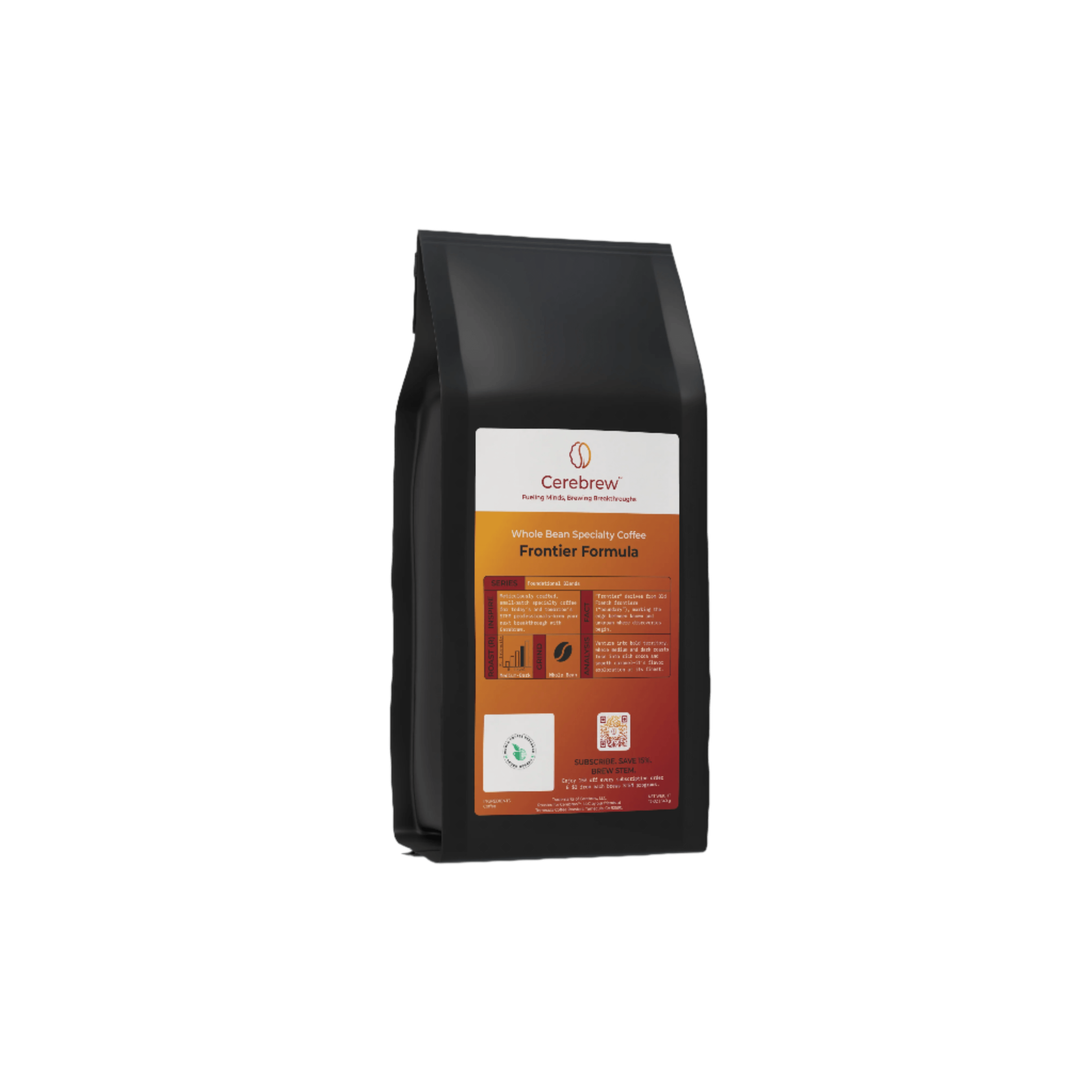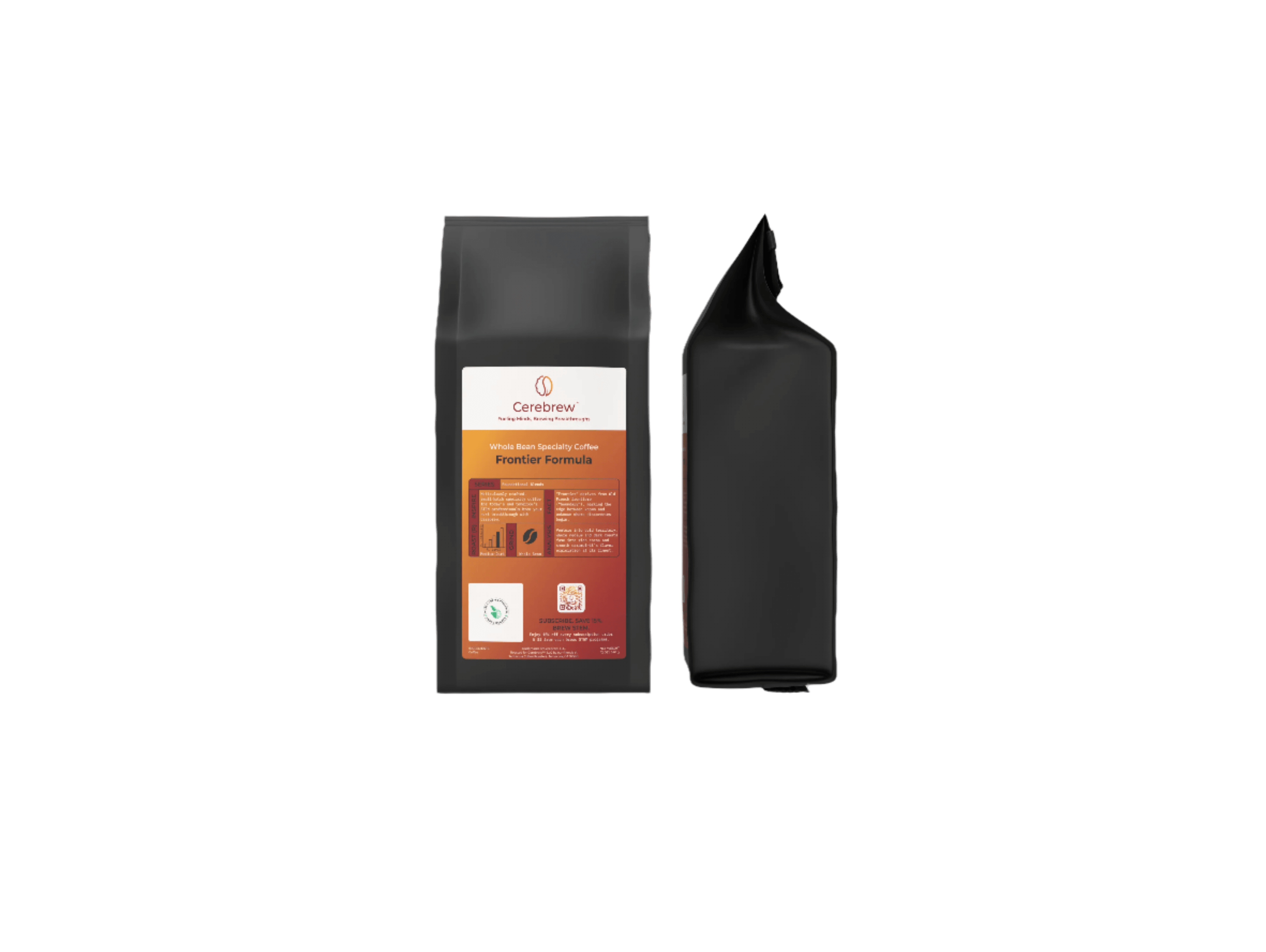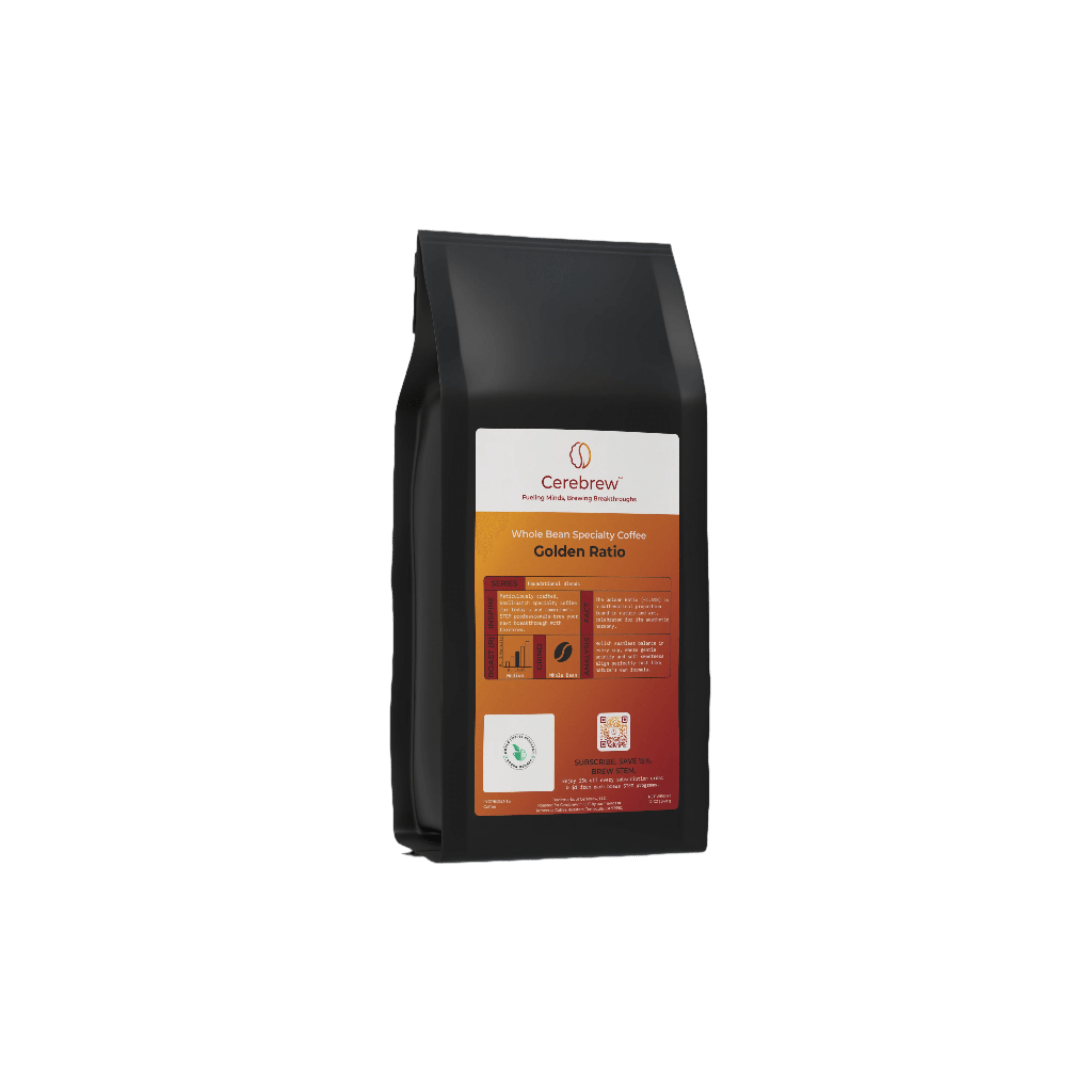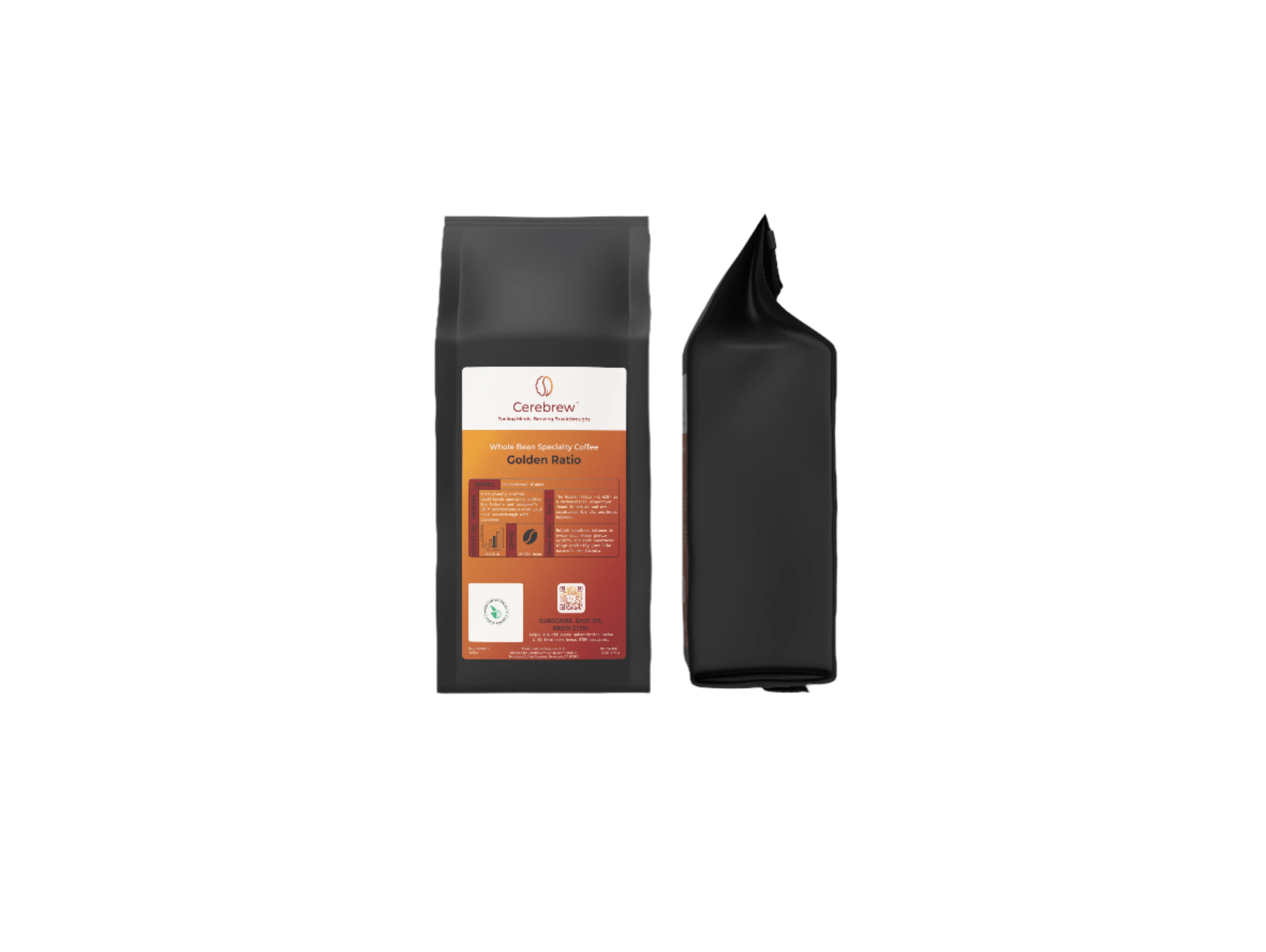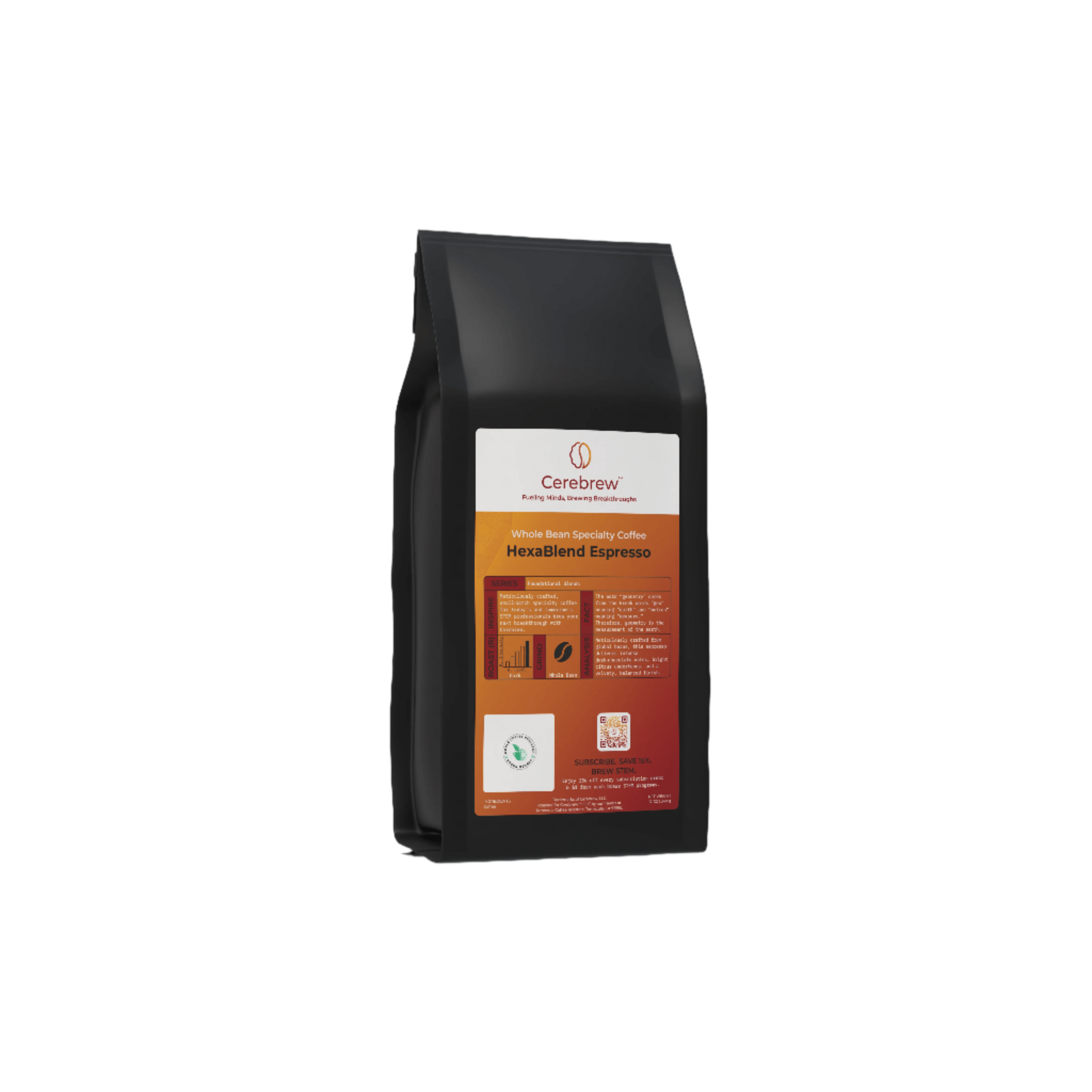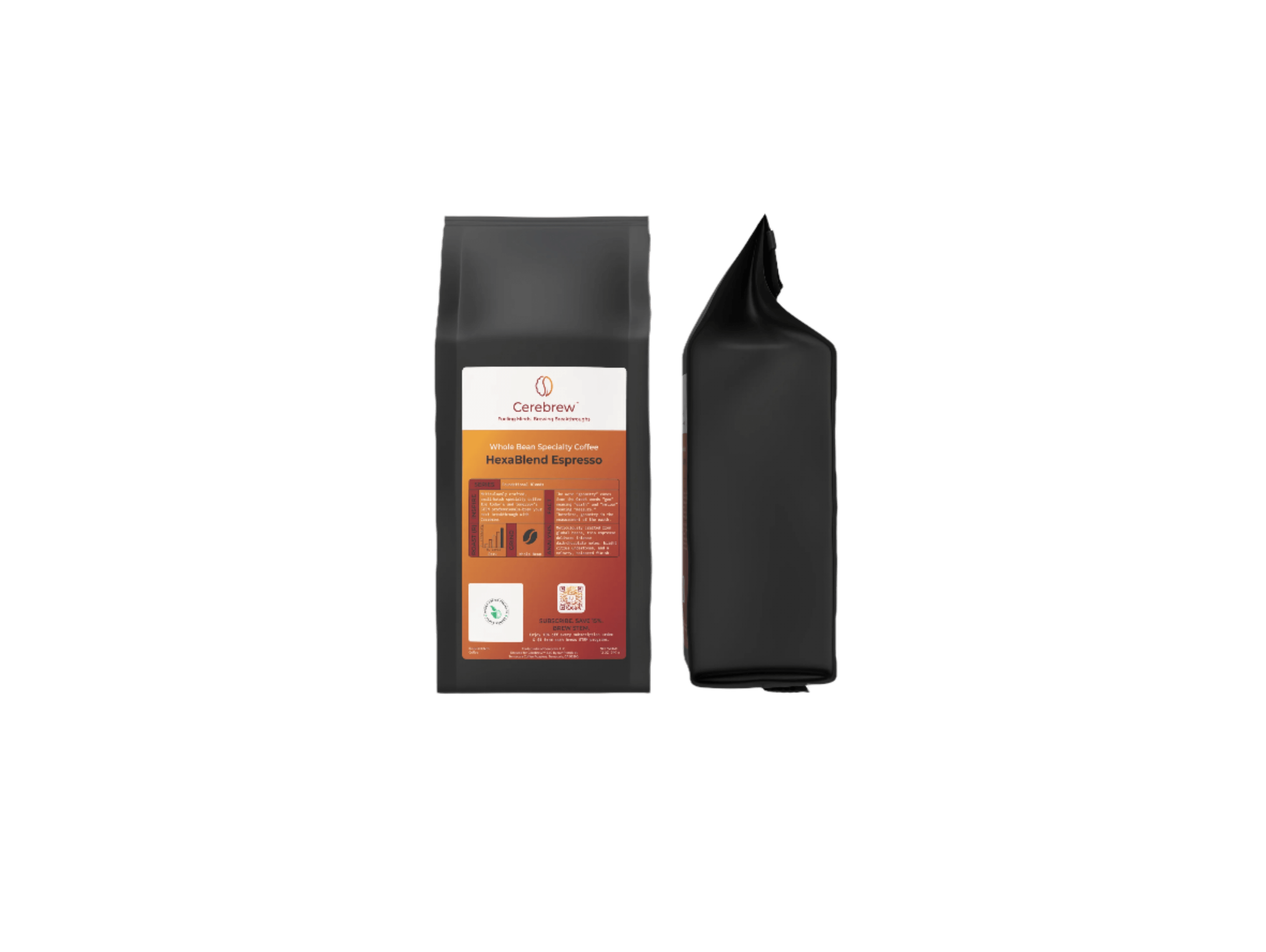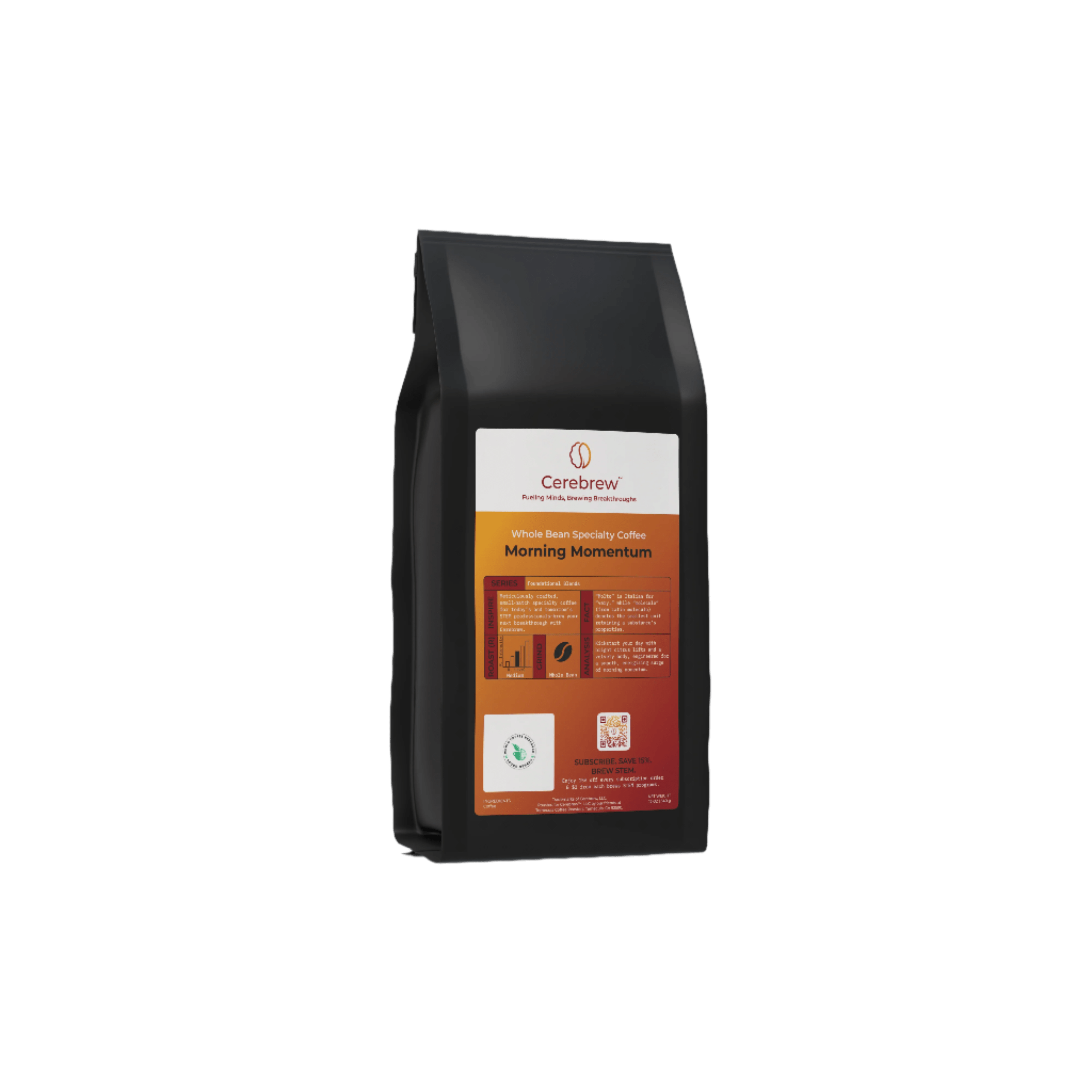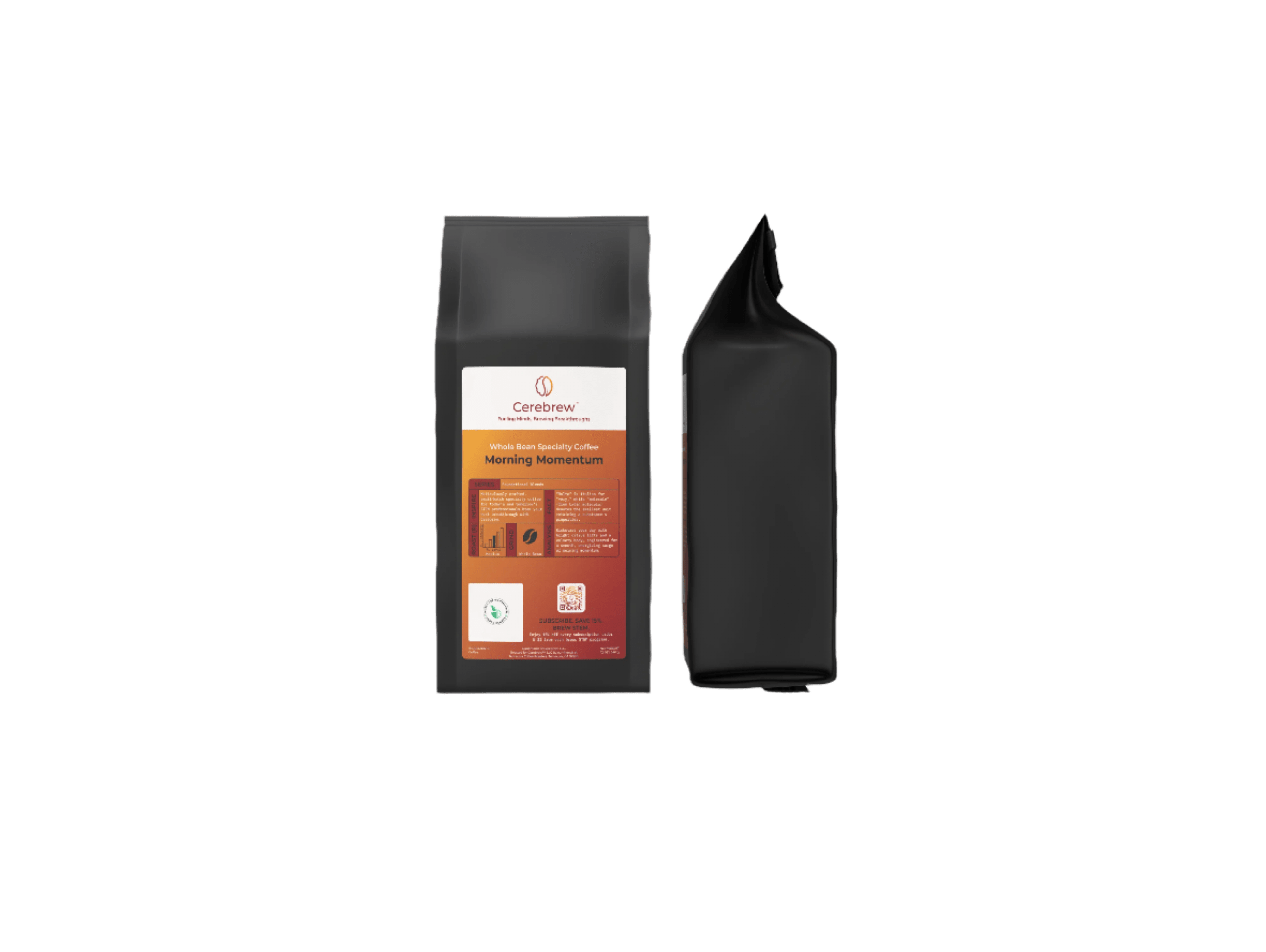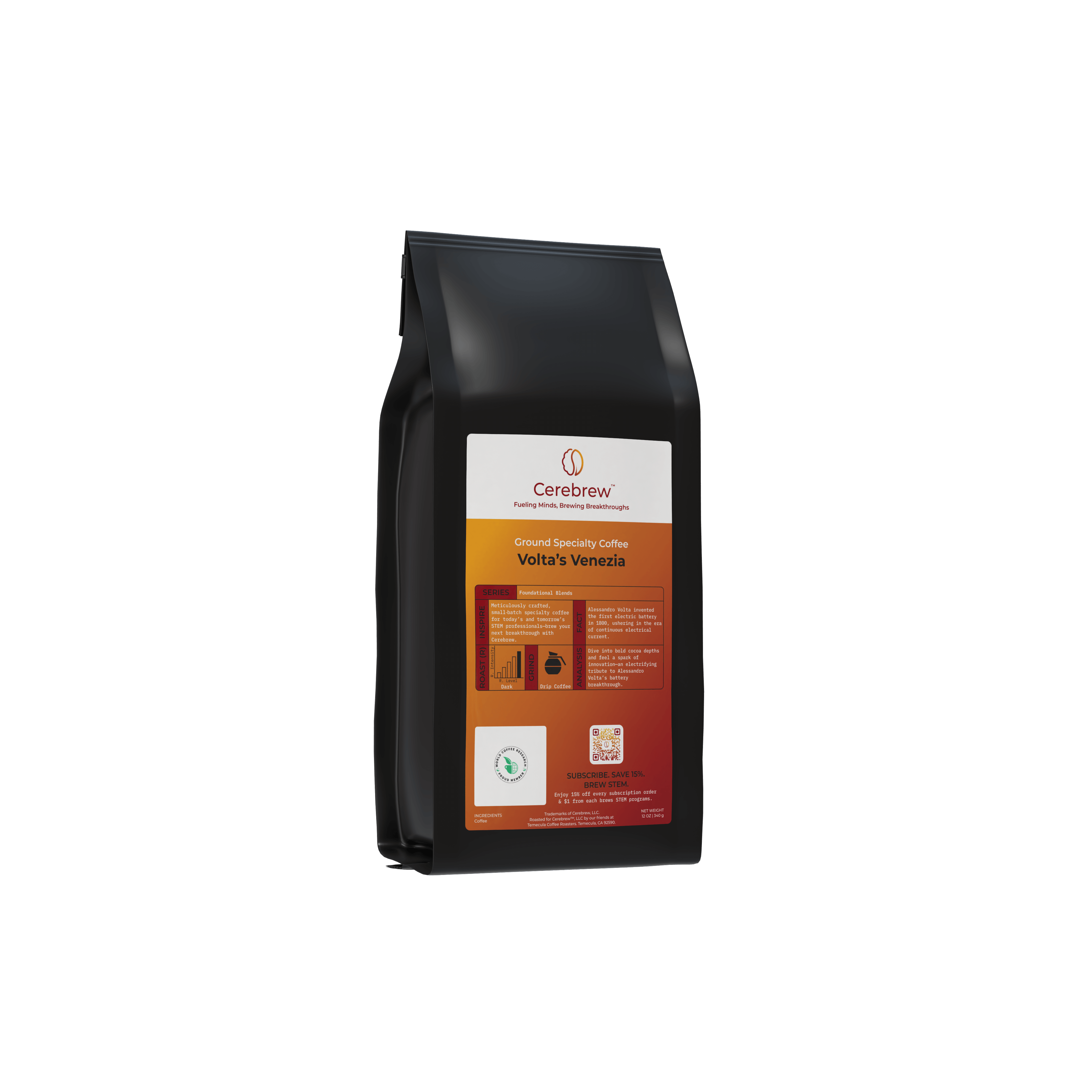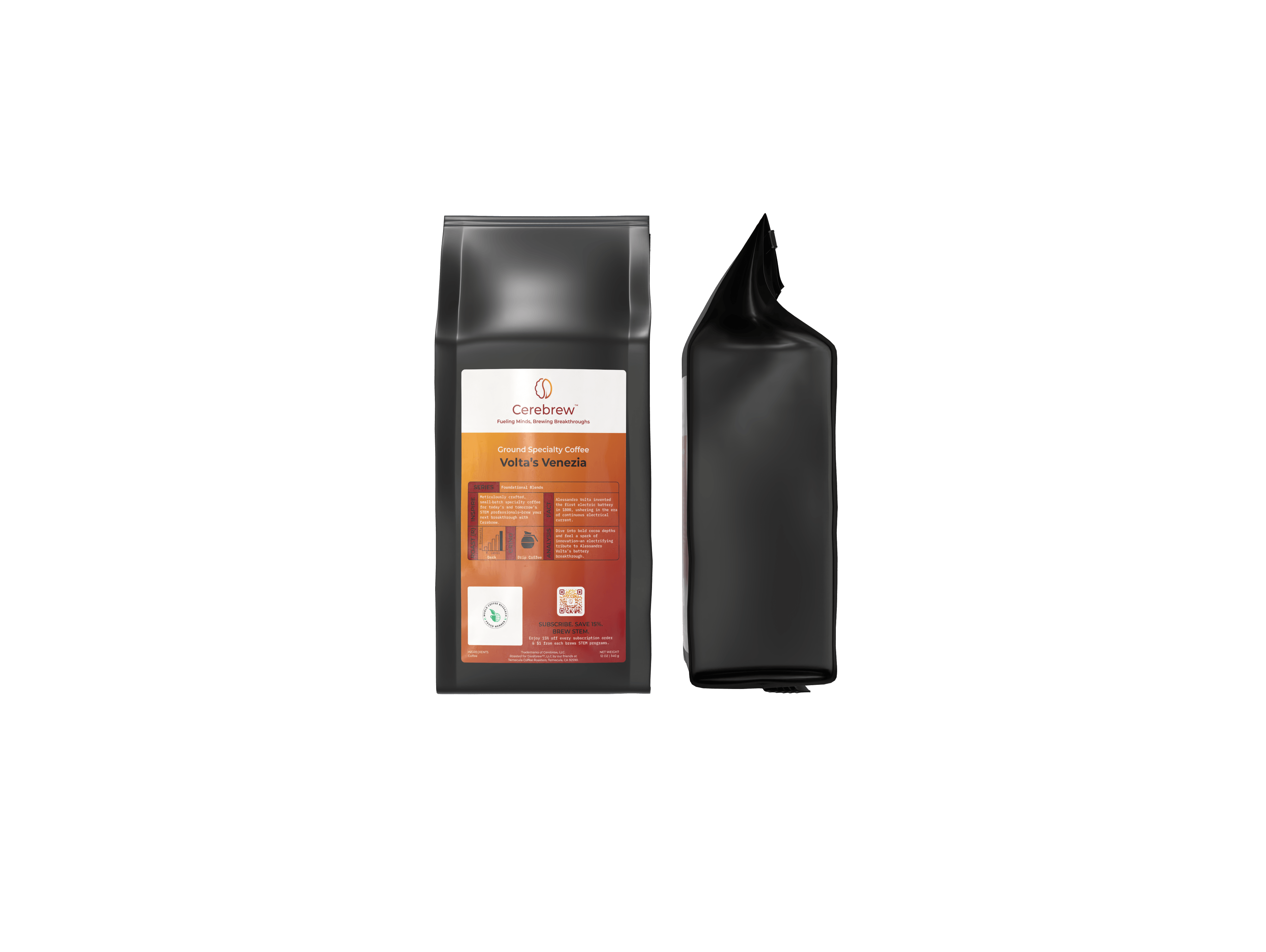Understanding the Decaffeination Process of Coffee
Coffee is a beloved beverage for millions around the world. However, not everyone wants the caffeine that comes with it. This is where decaffeinated coffee comes in. But have you ever wondered how coffee is decaffeinated? In this article, we'll explore the fascinating process behind decaffeinated coffee and discuss the different methods used to remove caffeine from your favorite brew.
Decaffeinated coffee, or "decaf" for short, is coffee from which most of the caffeine has been removed. Although it doesn't eliminate caffeine, decaf coffee usually contains only about 2 to 5 milligrams of caffeine per 8-ounce cup, compared to the 95 milligrams found in a regular cup of coffee. The process of decaffeination allows coffee lovers to enjoy the taste of coffee without the stimulating effects of caffeine.
Why Choose Decaffeinated Coffee?
There are several reasons why people might choose decaffeinated coffee over regular coffee. Some individuals are sensitive to caffeine and experience side effects such as insomnia, restlessness, or increased heart rate. Others might enjoy the flavor of coffee but want to limit their caffeine intake for health reasons. Pregnant women, for instance, are often advised to reduce their caffeine consumption. Decaf coffee provides an option for those who want to enjoy coffee without the buzz.
The Decaffeination Process: An Overview
So, how is coffee decaffeinated? The process of removing caffeine from coffee beans is quite intricate. There are several methods used, each with its own unique approach. The most common methods include the direct solvent method, the indirect solvent method, the Swiss Water Process, and the CO2 method. Let's dive into each of these processes to understand how they work.
Direct Solvent Method
The direct solvent method is one of the earliest and most traditional ways of decaffeinating coffee. In this method, green coffee beans (unroasted beans) are steamed to open their pores. Once the beans are prepped, a solvent, usually methylene chloride or ethyl acetate, is applied directly to the beans. This solvent selectively binds to the caffeine molecules and extracts them from the beans.
After the extraction, the beans are steamed again to remove any remaining solvent traces, and then they are dried. Although this method is effective at removing caffeine, some people are concerned about the use of chemical solvents. However, it's important to note that only trace amounts of solvent remain in the final product, well below safety limits set by health authorities.
Indirect Solvent Method
The indirect solvent method is similar to the direct method but with a key difference. Instead of applying the solvent directly to the beans, the beans are soaked in hot water to dissolve the caffeine and other soluble compounds. The water is then separated from the beans and treated with a solvent to remove the caffeine.
Once the caffeine is extracted, the water, now free of caffeine but still containing the coffee's flavors and oils, is reintroduced to the beans. This allows the beans to reabsorb the flavorful compounds while leaving the caffeine behind. The beans are then dried and ready for roasting. This method preserves more of the coffee's natural flavor compared to the direct solvent method.
Swiss Water Process
The Swiss Water Process is a popular chemical-free method that relies on water and osmosis to decaffeinate coffee. In this process, green coffee beans are soaked in hot water to dissolve the caffeine and other soluble components. The water is then passed through a charcoal filter, which captures the caffeine molecules while allowing other compounds to pass through.
The caffeine-free water is then used to soak a new batch of coffee beans. Since the water is already saturated with flavor compounds, it doesn't extract them from the beans, only the caffeine. This cycle is repeated until the desired level of caffeine removal is achieved. The Swiss Water Process is often praised for preserving the coffee's original flavor profile and being environmentally friendly.
CO2 Method
The CO2 method, also known as the supercritical carbon dioxide process, uses carbon dioxide under high pressure and temperature to extract caffeine from coffee beans. In this method, green coffee beans are placed in a stainless steel chamber and exposed to CO2 in its supercritical state (a state where it behaves like both a liquid and a gas).
The CO2 acts as a solvent, selectively dissolving the caffeine molecules and leaving behind the flavor compounds. Once the caffeine is extracted, the CO2 is transferred to another chamber where it is depressurized and converted back to a gas, leaving behind the caffeine. The CO2 can then be recycled and reused. This method is efficient and considered one of the best at preserving the coffee's natural flavors.
Comparing Decaffeination Methods
Each decaffeination method has its pros and cons, and the choice of method can affect the flavor and quality of the final product. The direct and indirect solvent methods are efficient and cost-effective, but some consumers prefer chemical-free options. The Swiss Water Process and CO2 method are praised for preserving flavor and being more environmentally friendly, but they can be more expensive.
When selecting a decaf coffee, it's important to consider your preferences for taste and production methods. Some coffee brands label their decaf products with the decaffeination method used, allowing consumers to make informed choices.
Conclusion
Decaffeinated coffee offers a way for people to enjoy the rich flavors of coffee without the stimulating effects of caffeine. Understanding how coffee is decaffeinated can help you appreciate the complexity and care involved in producing your favorite brew. Whether you prefer the traditional solvent methods or the more modern Swiss Water and CO2 processes, there's a decaf coffee out there to suit your taste. So next time you sip on a cup of decaf, you'll know the journey it took to reach your mug.










